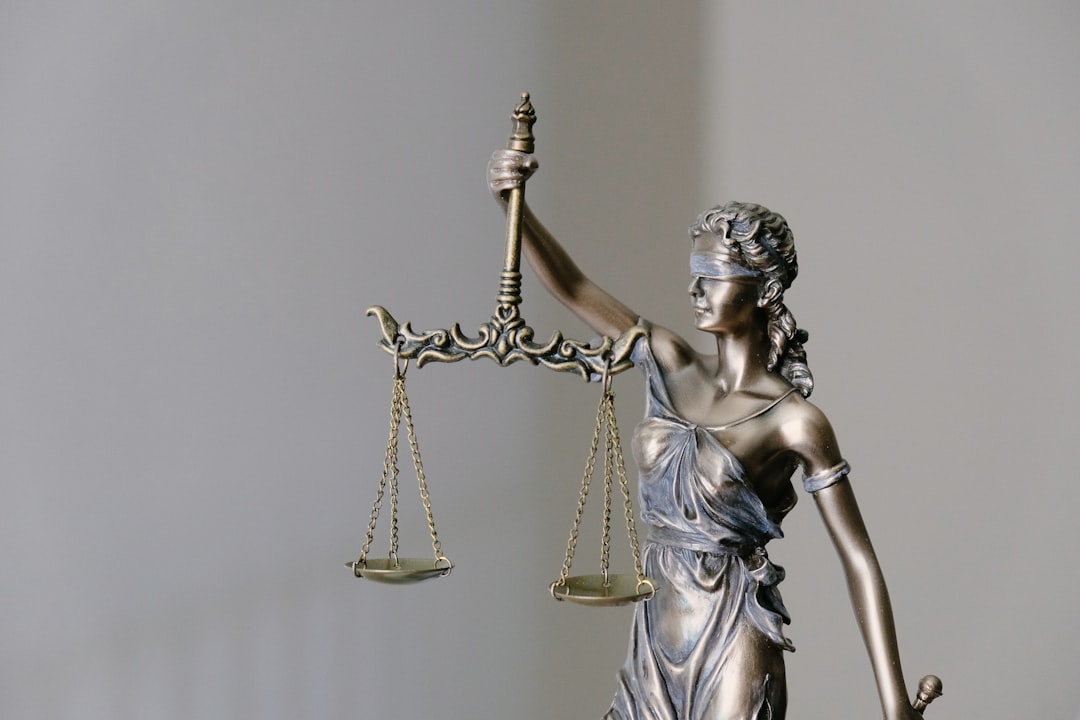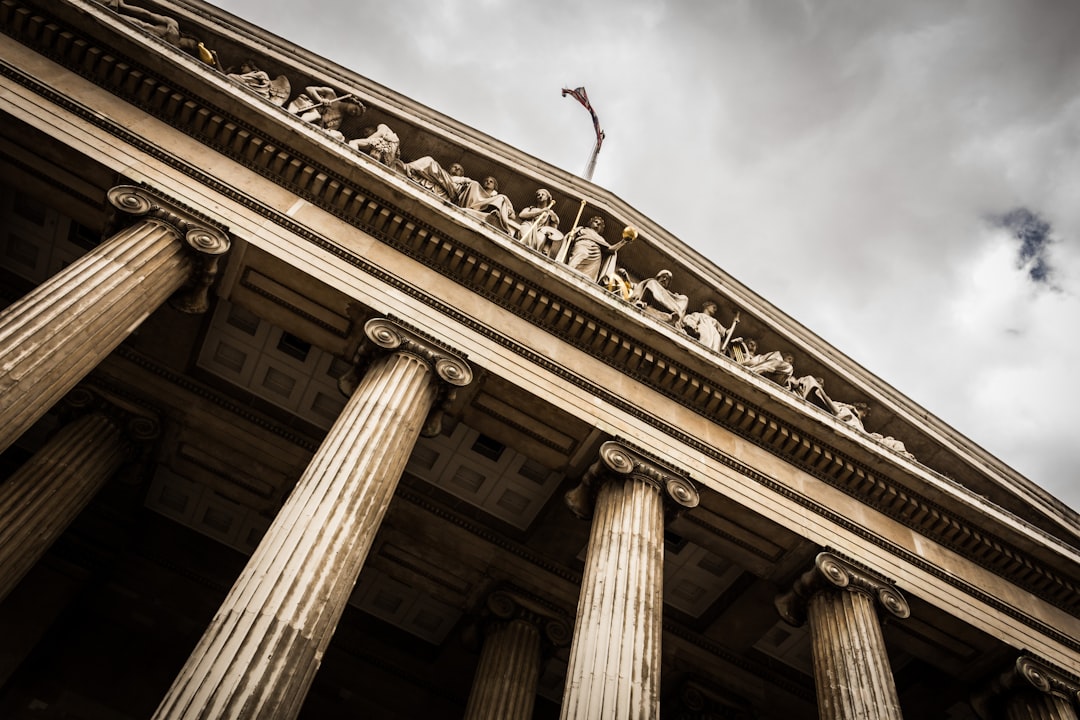California schools prioritize student safety through stringent laws addressing sexual abuse, physical harm, and misconduct during extracurricular activities. This involves a duty of care, transparent reporting, and prompt investigations with confidentiality. A comprehensive approach includes education, open reporting, robust policies, and teacher training. Collaboration with law enforcement and mental health professionals creates a supportive network for student protection and accountability. Consulting a California school abuse lawyer is advisable for strategic guidance in policy creation, reviews, and investigations.
In California, ensuring safe extracurricular activities is paramount to fostering a positive learning environment. This article explores implementing policies to safeguard students engaged in after-school programs, addressing critical aspects such as understanding state laws, preventing physical and emotional abuse, and adopting best practices. With a focus on school abuse prevention, it delves into the roles of school officials and lawyers, offering strategic insights for creating robust extracurricular safety nets. A comprehensive guide for educators and legal professionals seeking to protect California’s students.
Understanding California's Legal Framework for School Safety

In California, schools are held to a high standard of safety, with stringent laws in place to protect students from harm. The state’s legal framework for school safety is comprehensive, encompassing various aspects of student welfare, including prevention and response to sexual abuse, physical harm, and other forms of misconduct. A key component is the duty of care that schools owe to their students, which includes implementing policies and procedures designed to safeguard them during extracurricular activities.
California’s legal landscape also emphasizes the importance of transparent reporting and prompt investigation of incidents involving school abuse. Schools must have robust systems in place to receive and address reports of misconduct, ensuring that all allegations are taken seriously and handled with the utmost confidentiality. By adhering to these legal requirements, schools can foster a secure environment, instill confidence in students and parents alike, and prevent potential cases of school abuse.
Identifying and Preventing Physical and Emotional Abuse
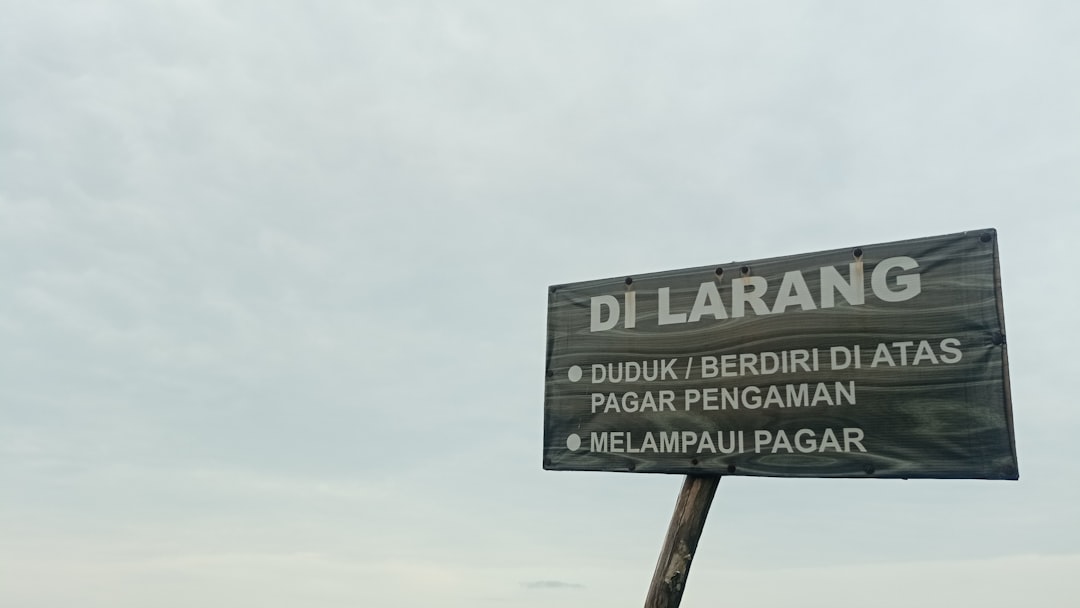
Identifying and preventing physical and emotional abuse in extracurricular activities is paramount for ensuring student safety in California schools. School abuse lawyers emphasize that a comprehensive approach involves educating both students and staff about the signs of abuse, fostering an open reporting culture, and implementing robust policies. Teachers, coaches, and other staff members should be trained to recognize behavioral changes or unusual patterns among students participating in after-school programs, which could indicate underlying issues of bullying, harassment, or physical abuse.
California schools must establish clear guidelines for student conduct during extracurricular activities, including zero-tolerance policies for any form of abuse. Prompt investigation and intervention by school administrators are crucial upon receiving reports of suspected abuse. Collaborating with local law enforcement and mental health professionals can help create a supportive network to protect students and hold perpetrators accountable, thereby fostering a safer environment for all California school children engaged in extracurricular pursuits.
Best Practices for Implementing Extracurricular Policies
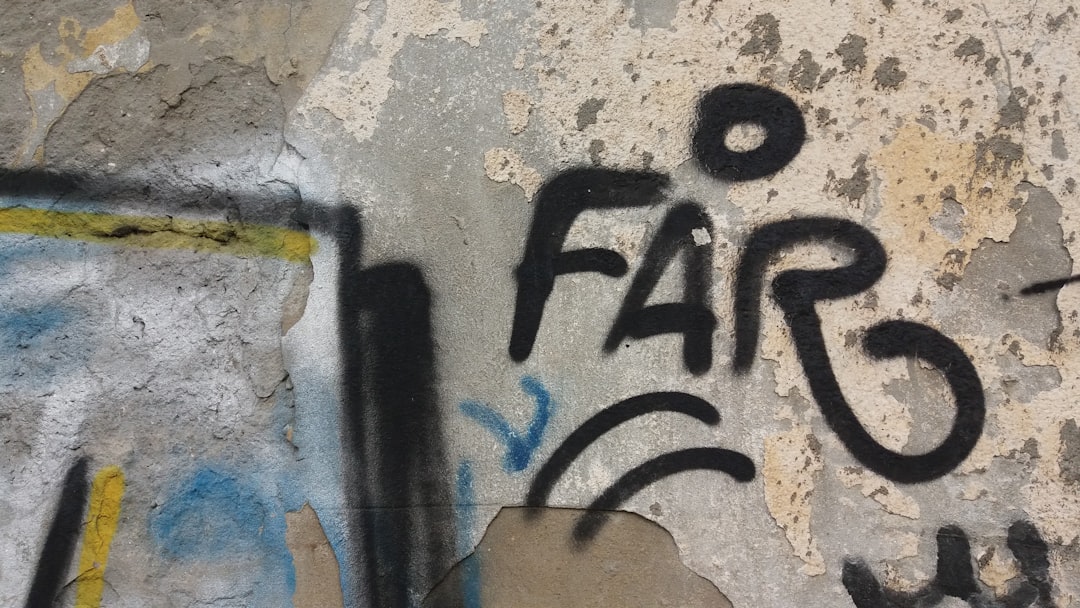
Implementing policies for extracurricular activities is a proactive step toward ensuring student safety and fostering a positive learning environment in California schools. Best practices include conducting thorough background checks on staff and volunteers, establishing clear guidelines for activity supervision, and promoting open communication between administrators, teachers, parents, and students. Regular training sessions on recognizing and reporting potential school abuse should be mandatory for all involved parties.
Additionally, creating an anonymous reporting system can encourage students to speak up without fear of retaliation. Schools should also collaborate with local law enforcement and community organizations to stay informed about relevant laws and best practices. By integrating these strategies, California schools can create a safer and more supportive atmosphere for extracurricular activities, benefiting the overall well-being and development of their students.
Roles and Responsibilities of School Officials and Lawyers
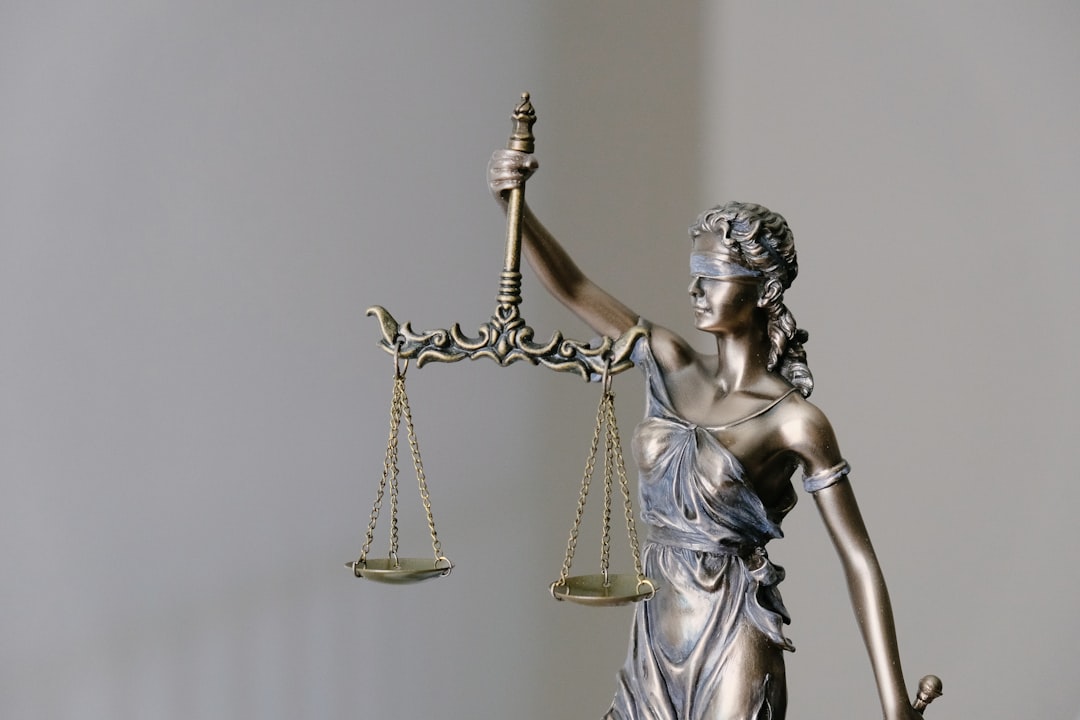
In ensuring safe extracurricular activities in California schools, school officials and lawyers play complementary roles crucial for protecting students from potential abuse. School administrators are responsible for establishing clear policies and procedures that safeguard students during after-school programs and events. They must also ensure these policies are effectively communicated to teachers, coaches, and other staff members, who bear direct responsibility for supervising and managing student activities.
Lawyers, on the other hand, offer expert guidance on legal obligations and best practices related to school safety. They assist in drafting and reviewing policies to ensure compliance with California’s stringent child protection laws. Moreover, they provide crucial support during investigations of potential school abuse cases, offering strategic advice to protect the rights of both students and educational institutions. This collaboration fosters a comprehensive approach to extracurricular safety, leveraging legal expertise within the framework set by school officials.



